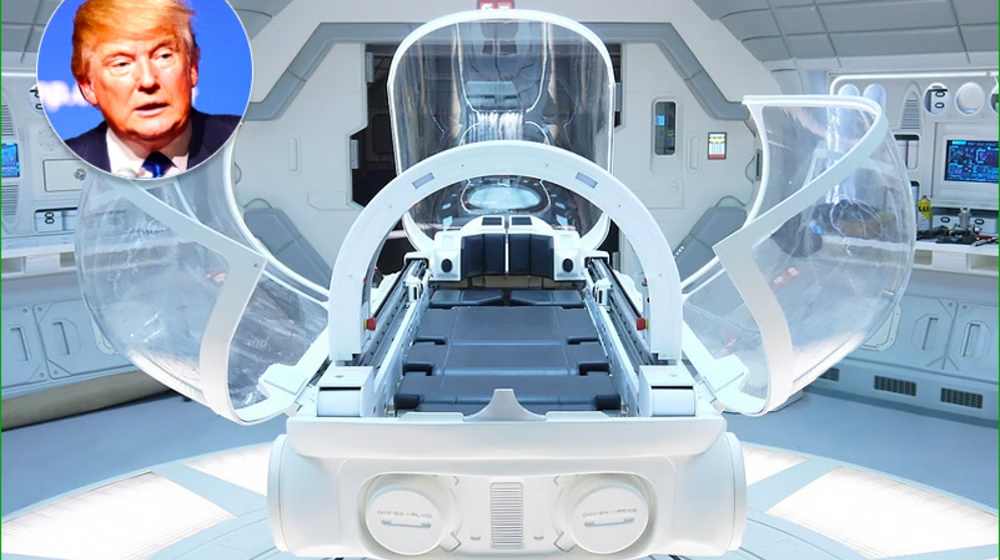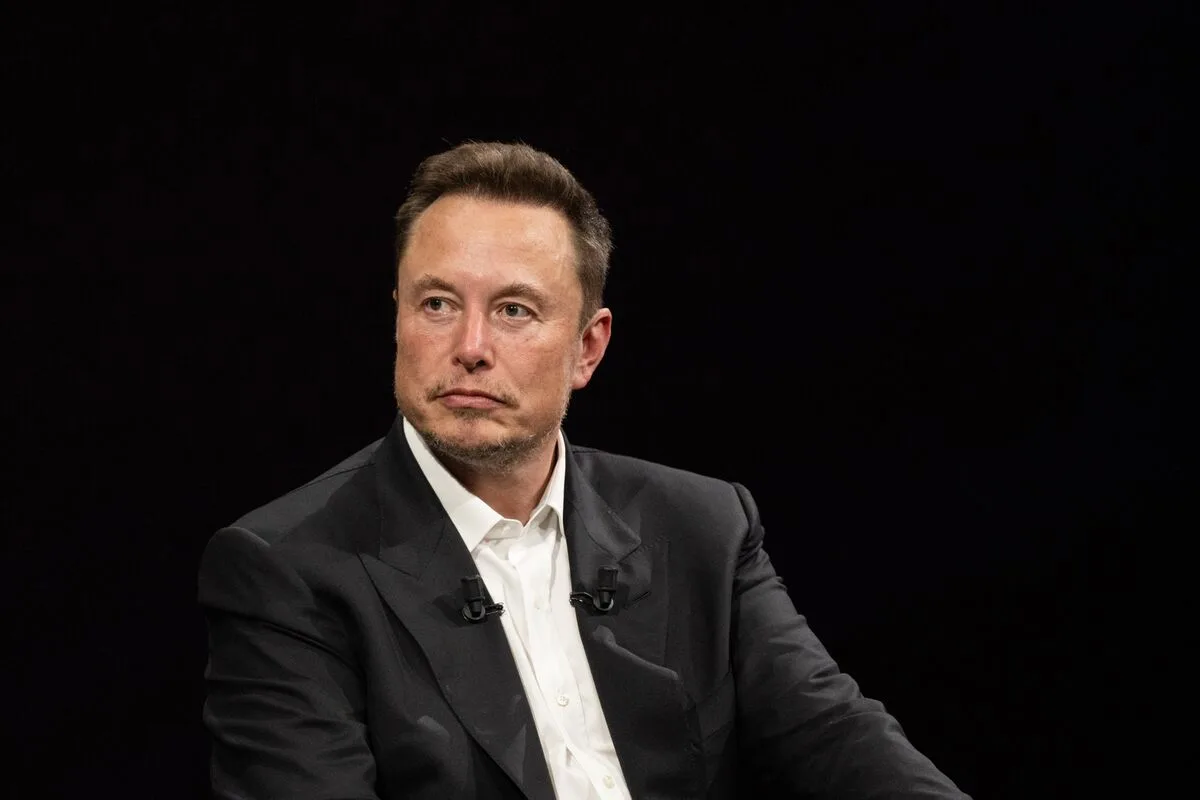Over the weekend, a viral clip sparked intense debate when former U.S. President Donald Trump briefly posted an AI-generated video about Donald Trump MedBed hospitals and a supposed national MedBed card system. The video, styled to look like a Fox News broadcast featuring Lara Trump, falsely announced the launch of futuristic MedBeds.While it was quickly removed, the Donald Trump MedBed video has ignited both conspiracy theories and concerns about the dangers of artificial intelligence in politics.
The Viral Donald Trump MedBed Clip
The Donald Trump MedBed video appeared on Truth Social and showed what seemed to be Trump speaking from the Oval Office. However, users immediately pointed out signs of computer generation: his delivery was unusually smooth, and his appearance appeared polished beyond normal broadcast quality. Fox News later confirmed that the segment never aired on its channels or affiliates, making it clear the clip was a fabricated piece of AI-generated content.
Despite the removal, the video had already spread widely online, with some of Trump’s supporters interpreting it as indirect confirmation of hidden medical technology. Others believed it was authentic proof of futuristic devices withheld from the public.
The Origins of the MedBed Conspiracy
The Donald Trump MedBed controversy is rooted in long-running conspiracy theories, especially within QAnon circles. The MedBed myth suggests that highly advanced devices can cure cancer, reverse aging, heal chronic diseases, and even regenerate limbs. While no scientific evidence supports these claims, the theory continues to gain traction among fringe groups who believe powerful institutions are hiding such technology from the masses.
For years, MedBeds have been positioned by conspiracy theorists as miracle machines suppressed by governments, pharmaceutical companies, or global elites. By associating Trump with MedBeds, believers tie him to a larger narrative of exposing secrets and restoring lost health technologies.
AI and the Rise of Political Misinformation
The Donald Trump MedBed video also highlights the growing risks of AI-generated misinformation. According to a 2024 Pew Research Center report, 60% of Americans now believe AI will make it harder to distinguish truth from falsehood in political communication. With deepfake tools becoming more accessible, fabricated videos that mimic public figures are spreading faster and confusing audiences.
In this case, the lack of any caption or disclaimer on Trump’s post only added to the confusion. Supporters and critics debated its meaning, with some interpreting it as satire, others as propaganda, and conspiracy theorists as confirmation of hidden truths.
Public Reaction to the Donald Trump MedBed Clip
Reactions to the Donald Trump MedBed clip were sharply divided. Some Trump supporters admitted it was artificial but celebrated it as symbolic of his fight against hidden medical technologies. Others claimed it was deliberate proof of an upcoming medical breakthrough. Meanwhile, skeptics and mainstream media outlets warned that spreading such content without context poses serious risks to public trust and health awareness.
Notably, AI experts have warned about the psychological impact of deepfakes. When false information is presented in a familiar broadcast style, audiences are more likely to believe it. This blurring of reality and fiction can reinforce conspiracy theories, as demonstrated by the way MedBed believers embraced the video.
Why the Donald Trump MedBed Narrative Persists
The persistence of the Donald Trump MedBed story reflects a larger trend: people often turn to conspiracy theories during times of uncertainty. In an era of rising healthcare costs, medical misinformation finds fertile ground among those seeking hope or alternatives. A 2023 World Health Organization report noted that health-related misinformation on social media has increased by 40% since the pandemic, making public education more important than ever.
For Trump, whether intentional or not, the video connects him with a narrative of hidden technology and government secrecy. For his supporters in conspiracy circles, it strengthens his image as a leader willing to “reveal truths” others want to suppress.
The Broader Implications of AI in Politics
Beyond conspiracy theories, the Donald Trump MedBed controversy underscores the urgent need for stronger policies around AI-generated political content. If a fabricated clip can convince thousands of viewers in a matter of hours, future elections could see even more dangerous manipulations. Lawmakers in the U.S. and abroad are already debating regulations to require disclaimers on AI-generated media, but enforcement remains a challenge.
At the same time, the incident raises questions about digital literacy. Viewers must be better equipped to identify signs of AI manipulation, and platforms must take responsibility for limiting the spread of misleading content.
The Donald Trump MedBed video may have been short-lived, but its impact is significant. It blends conspiracy theories, AI-generated misinformation, and political symbolism in a way that reflects today’s complex media landscape. While MedBeds remain a product of fringe beliefs without scientific proof, the viral spread of the video shows how easily fabricated content can fuel misinformation and deepen public confusion.
As AI technology continues to advance, society faces a pressing challenge: distinguishing between truth and digitally manufactured narratives. The Donald Trump MedBed controversy is not just about one video—it is a warning of how quickly misinformation can spread, shape beliefs, and alter public discourse.



